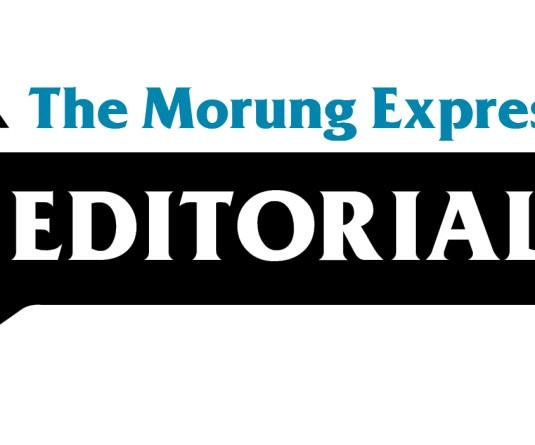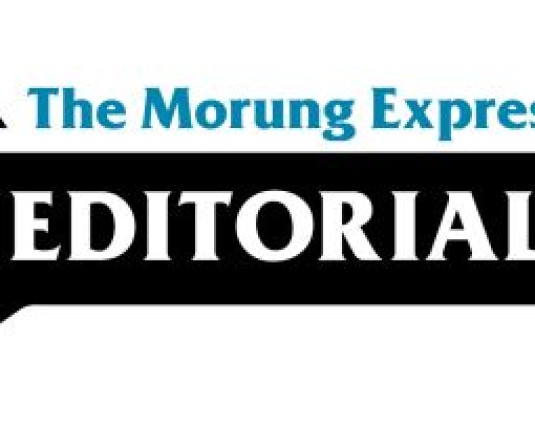
Witoubou Newmai
A part of the thrill for journalists is the feeling that we are rendering a benign service to society by highlighting untold stories that affect people’s lives to a wider audience including policy makers. In doing so, journalists often become a part of social dialogue. But that thrill is often doused by the society’s idea of how the media functions in Nagaland.
Here are a few examples.
Not long ago, an organisation had expressed unhappiness over the manner in which their rejoinder to a news item was edited. A two thousand worded rejoinder to a 50 worded news item is obviously out of track. The piece was relevantly carried. However, this particular organisation would not accept any explanation, and went a step further by challenging only one media organisation leaving out the rest of the media houses which had done the same.
To cite another case, there was a hilarious incident wherein an organisation asked media houses to put the number of participants of an event at 10,000. The programme was organised in a 1000-seating capacity community hall and the photos showed the hall was half-empty.
Again, there was an interesting press release ending with a line: Do carry this note in tomorrow's edition in toto. The press release was supposed to be a condolence note. The first line started like this: This youth club expresses its profound gratitude to the sudden demise of…
Here is another anecdote this writer had presented earlier too. One cold winter evening the whole Christmas mood was hijacked by a visit from three strangers to the office. They claimed to be from one of the underground organisations. They requested us to get their press release announced in the newspaper. We declined to accept their matter. The sole reason for our decision wasn’t that it was a serious allegation against another outfit—but that it was a handwritten note on a normal sheet of paper. We requested these supposed underground cadres to return with their official letterhead containing at least a telephone number. One among them was conveying our stand to their leader over phone. After a while the person gave me his phone saying that the leader wanted to speak to me. The underground leader asked me whether letterheads were issued by Osama Bin Laden before the 9/11 incident (as we had carried the news). He further inquired if any letterhead was issued by the Assam floods for media coverage.
Another interesting case was when an underground cadre said to be the secretary of the publicity affairs of his outfit (not in ceasefire) telephoned our office to publish press statements. Our office clearly told him that we would not be able to entertain his statements because it lacked authentication. This cadre asked me what the criteria was for press notes to be published in the newspaper. The cadre was told that one of the norms or factors required was a letterhead containing a contact number. Three days later this underground cadre telephoned again asking the location of our office. He sounded tense and uptight. He was in a hurry. He walked into my room and gave me a bag weighing about 2 kilograms. The bag contained about 20 books of their letterhead. The cadre told me that since they were always on the run we should keep those letterhead books so that we could print their statements every time they wanted to issue press notes! I protested.
Such is the condition of journalists working in our region to serve society.
Working conditions of the media reflect the state of a society. The connotation of this is---happy journalists are found in a mature society. High-octane elements becoming media vigilantes often give rise to not just a sense of fear but also disorder in an atmosphere such as ours.





